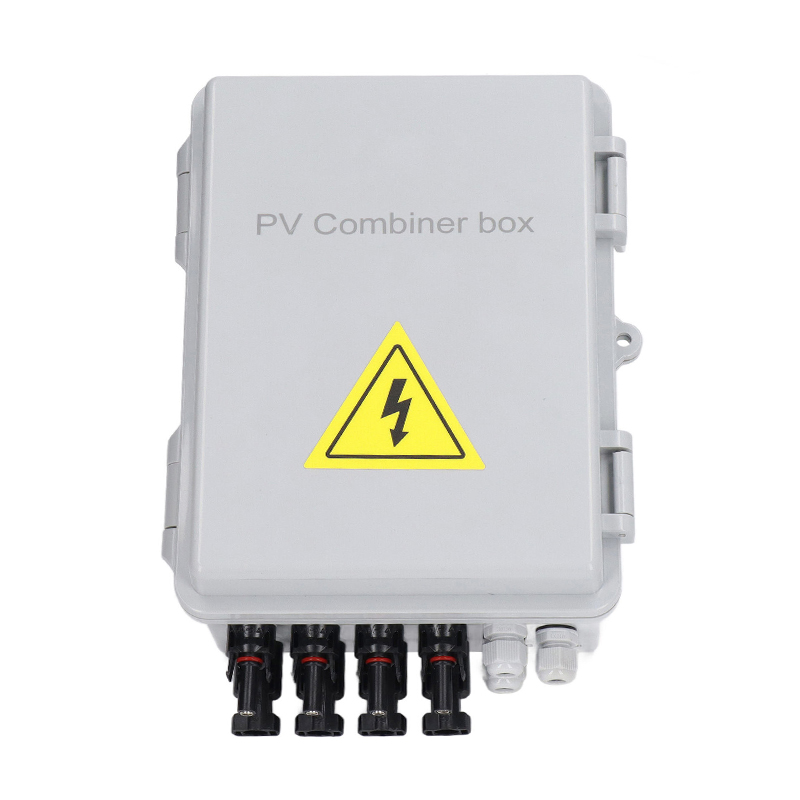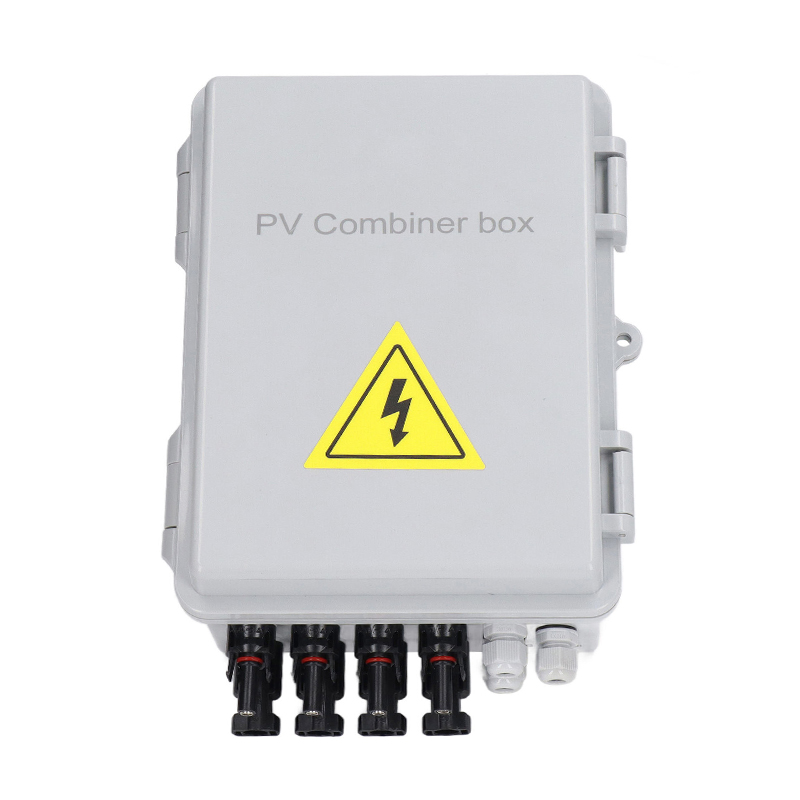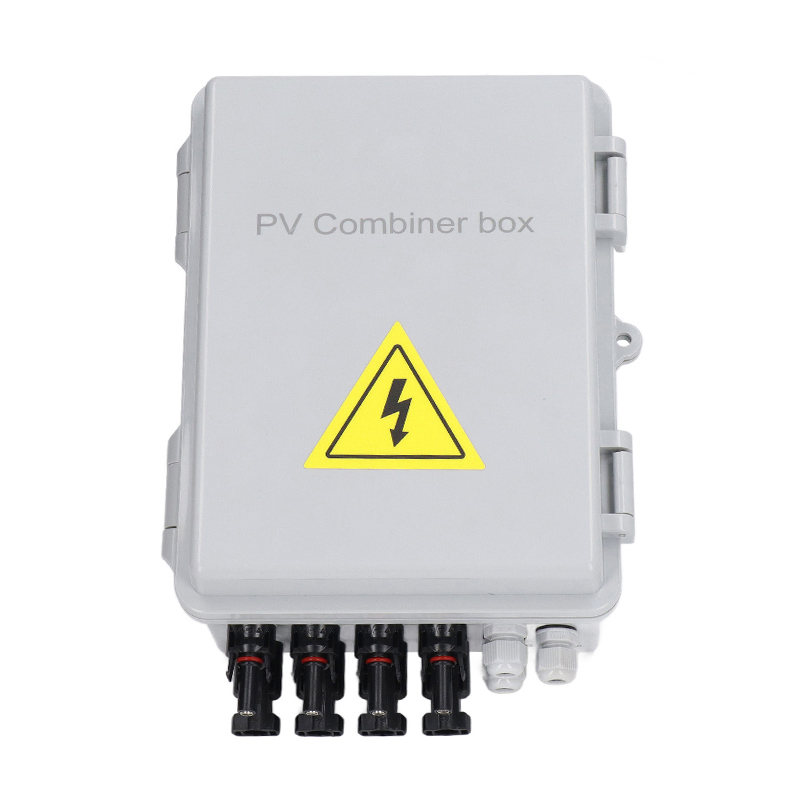Apa saja komponen Kotak Penggabung Fotovoltaik?
Seri Produk
Kotak Penggabung Fotovoltaik Produsen
Selamat Datang di Uni Z Internasional B.V.
Uni Z Internasional B.V. berkomitmen untuk menyediakan bagi Anda rangkaian lengkap produk dan solusi penyimpanan energi surya. Produsen dan Pabrik di Cina. Kami memandu industri dan memberi Anda produk dengan harga yang lebih menguntungkan, logistik dan pengiriman yang lebih tepat waktu, serta purna jual dan dukungan teknis yang lebih aman. Kami menghadirkan solusi terpadu untuk produk penyimpanan energi fotovoltaik yang lebih cerdas, efisien, dan andal.
Kami tidak hanya menyediakan produk dan teknologi penyimpanan energi surya kelas atas, Custom, tetapi juga memberi Anda pelatihan komprehensif dan dukungan teknis sebagai pemasang.
Pada Uni Z Internasional B.V., kami tidak hanya menyediakan produk, tetapi juga berupaya menjalin kemitraan jangka panjang dan erat dengan Anda. Kami berharap dapat bekerja sama dengan Anda untuk menghadapi tantangan dan peluang masa depan energi surya. Mulailah perjalanan energi surya Anda, pilih Uniz Solar dan bergerak menuju masa depan yang lebih bersih dan berkelanjutan!

Hubungi kami sekarang
Baca berita terbaru dan ikuti terus berita industri, pengetahuan industri.
-
Kekurangan Energi Matahari Pasif: Batasan & Perbaikan Praktis
Mengapa kelemahan energi surya pasif penting dalam proyek nyata Energi surya pasif dapat...
-
Cara Memasang Panel Surya Secara Seri: Langkah Aman, Diagram & Perhitungan
Apa yang dimaksud dengan “pengkabelan panel surya secara seri” dan kapan menggunakannya ...
-
Cara Memasang Panel Surya untuk RV: Panduan Praktis
Pengantar Tenaga Surya untuk RV Panel surya untuk RV menawarkan sumber listrik yang ramah ling...
-
Bagaimana Anda Menghasilkan Uang Dari Panel Surya: Strategi Praktis
Bagaimana Anda Menghasilkan Uang Dari Panel Surya? Menghasilkan uang dari panel surya b...
Kotak Penggabung Fotovoltaik Pengetahuan industri
Apa saja komponen Kotak Penggabung Fotovoltaik?


 0
0















